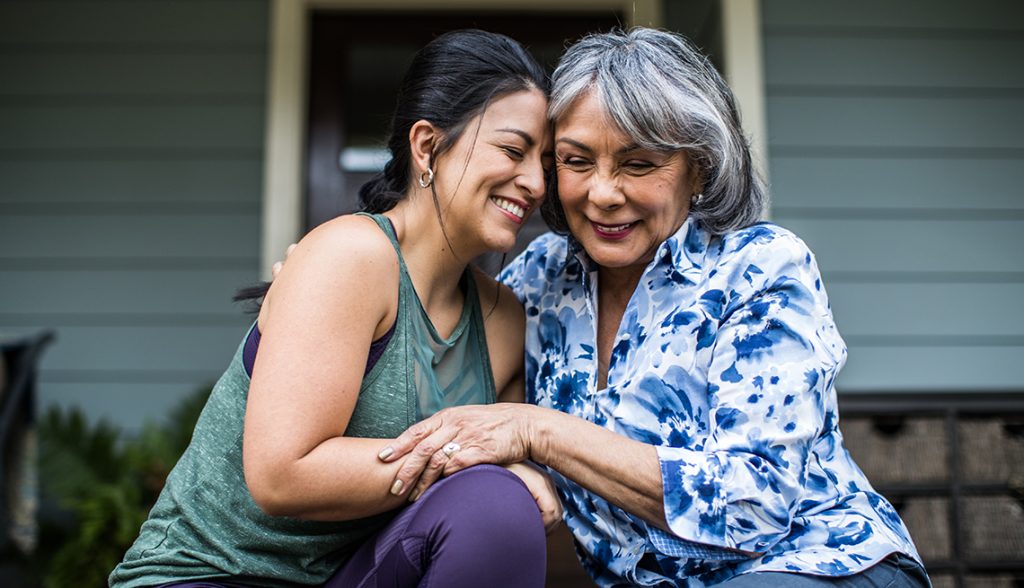The decision to care for a loved one can be difficult. The responsibilities that come with caring for an aging family member are time-consuming and often require significant changes in lifestyle. While some people may not want to take on this responsibility, there are many benefits of providing family caregiving services. In this post, we will discuss the rewards of being a caregiver, as well as how to make it easier on yourself while giving your loved ones the best possible care.
Contents
What Is Family Caregiving?
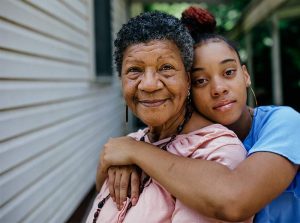 Family caregiving involves a ‘family’ member (a spouse, parent, or sibling) giving a wide range of personal assistance to someone who is ill, injured, or disabled. Family caregivers can be either paid professionals (such as home care aides and hospice workers) working for an agency contracted by the family to provide in-home services; unpaid volunteers providing unpaid support (who may also work outside their homes); or informal, nonpaid people like friends and relatives who offer free services but are not compensated except with love from the one being cared for. The number of people turning to loved ones when they need help has been increasing over time
Family caregiving involves a ‘family’ member (a spouse, parent, or sibling) giving a wide range of personal assistance to someone who is ill, injured, or disabled. Family caregivers can be either paid professionals (such as home care aides and hospice workers) working for an agency contracted by the family to provide in-home services; unpaid volunteers providing unpaid support (who may also work outside their homes); or informal, nonpaid people like friends and relatives who offer free services but are not compensated except with love from the one being cared for. The number of people turning to loved ones when they need help has been increasing over time
In 2013 alone, more than 65 million families provided long-term assistance to another adult relative or friend. This is a 57 percent increase from 2002 when there were about 41 million family caregivers.
The definition of “family” used in this report includes people who are related by blood, marriage, or adoption; those living together as if they are a family unit; and those who consider themselves to be family. The term “caregiver” refers to anyone providing long-term care to another adult, regardless of the type of assistance given or payment received (if any).
Types of Family Caregiving
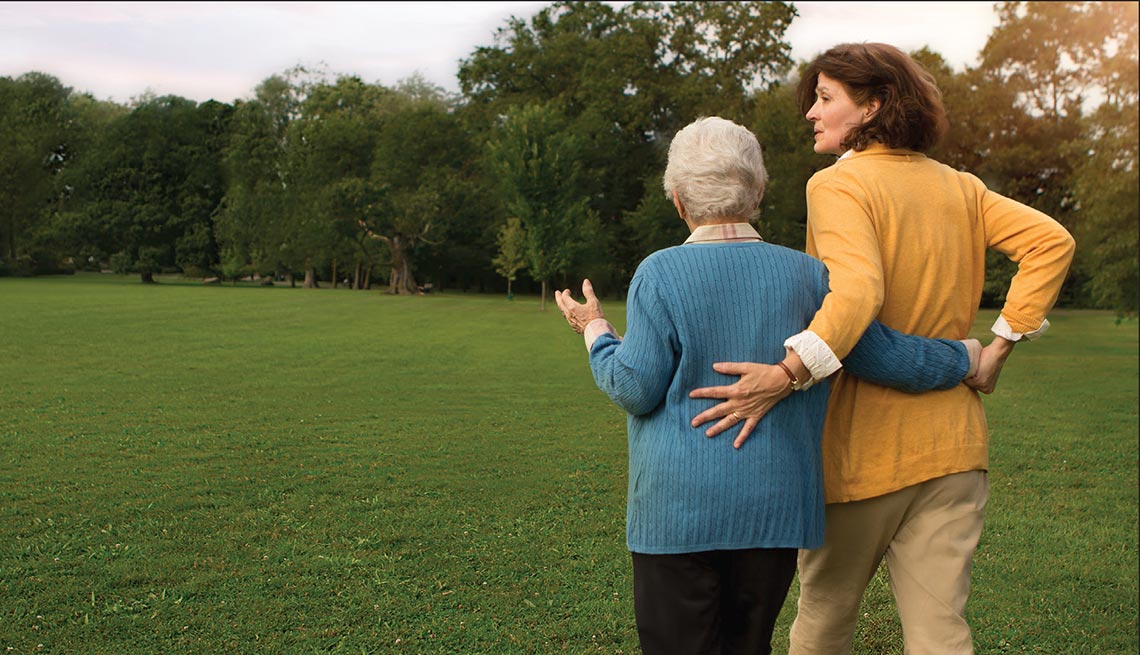
There are three types of family caregiving: direct care, coordination and management, and emotional support.
Direct Care
This type of family caregiving is hands-on and includes tasks such as bathing, dressing, grooming, feeding, and toileting the person who needs help. Direct care also includes providing medication, wound care, and other medical treatments. This also includes transportation to and from appointments, as well as running errands for the person who needs help.
Coordination and Management
This type of family caregiving involves managing all the different services that the person receiving help needs. This may include coordinating with doctors, nurses, home health aides, therapists, social workers, clergy members, or others involved in the person’s care. It can also involve making sure that bills are paid on time and arranging for transportation to appointments.
Emotional Support
This type of family caregiving is often called “invisible work” because it is not seen by outsiders but is essential to the one receiving help. This may include providing companionship, managing outside relationships (such as with friends and relatives), cheering them up when they are depressed or anxious, helping them fill out forms for government assistance or other benefits, making appointments on their behalf, handling paperwork such as bills and insurance claims, arranging transportation to medical appointments or errands like picking up medications at the pharmacy — all these tasks can be very time-consuming but do not show in any official record of caregiving.
Financial Caregiving
This type also includes paying bills, handling finances, and making arrangements for in-home services or nursing home care. This type of caregiving is common when the caregiver is not living with the person receiving help.
Different Family Caregiving Roles
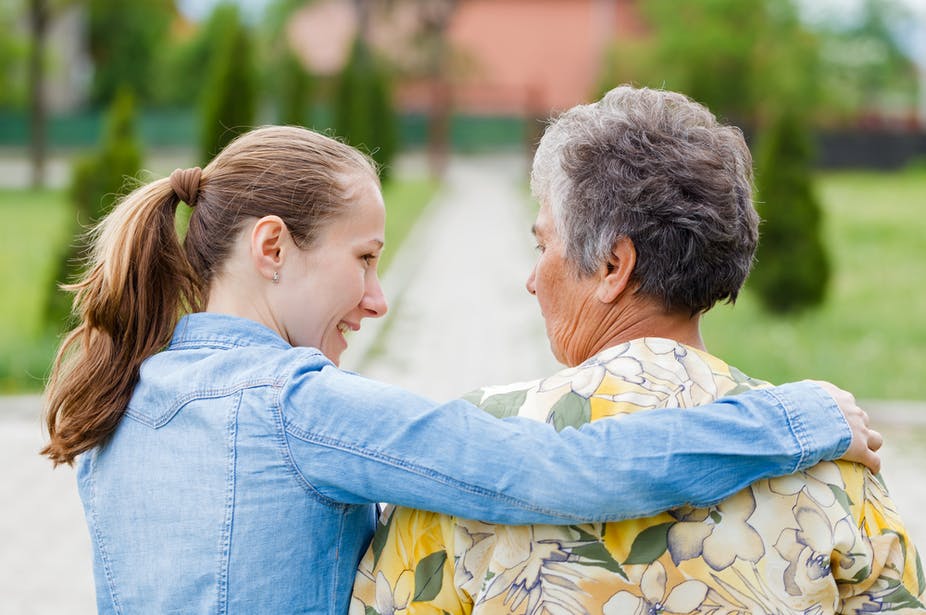
There are many different roles in family caregiving. Some are more common than others, depending on the type of disability or medical condition a person has and where they live.
The most frequent types of family caregivers include:
Spouses
This is the most common type of family caregiver and accounts for almost half (47 percent) of all caregivers. They are usually women, and they provide an average of 21 hours of care per week. It also tends to be the most difficult role, as it can involve a lot of stress and tension.
Adult Children
This type of family caregiver is usually the eldest child and provides an average of 18 hours of care per week. They are more likely than other types of caregivers to provide direct care (such as bathing, dressing, feeding, and toileting).
Siblings
This type of caregiver is less common than spouses or adult children but provides almost as much care — an average of 17 hours per week. As adult children, they are more likely to provide direct care than other roles.
Parents of Adult Children with Disabilities
These caregivers often have both their own children and adult child with disabilities living in their homes. They provide an average of 25 hours per week. These types of family caregivers are more likely to provide direct care. It also tends to be the most challenging role, as it can be difficult to care for both children at the same time.
Other Family Members
This includes grandparents, aunts and uncles, nieces and nephews, and cousins of the person who needs help. They provide an average of six hours per week of care. This type of caregiver is more likely to provide emotional support than other types.
Friends or Neighbors
These caregivers often provide informal assistance such as transportation, shopping, cleaning, or yard work. They provide an average of two hours per week of care. This type of caregiver is less likely to provide direct care but may do so occasionally.
Paid Caregivers
These are people who are hired to provide care to the person in need. They usually include home health aides, housekeepers, and nursing assistants. This type of caregiver provides an average of 25 hours per week.
Government or Agency Caregivers
This includes government agencies such as Medicaid and Medicare that provide some support for people who require help with daily tasks but do not have enough money to pay for it all on their own. These caregivers are also likely to be paid by community programs designed especially for this purpose. In addition, there is a vast network of private organizations providing assistance through donations from members or volunteers — groups like Meals on Wheels, visiting nurses associations, senior centers run by churches or synagogues, volunteer drivers’ clubs, hospices, and more.
Impacts of Family Caregiving
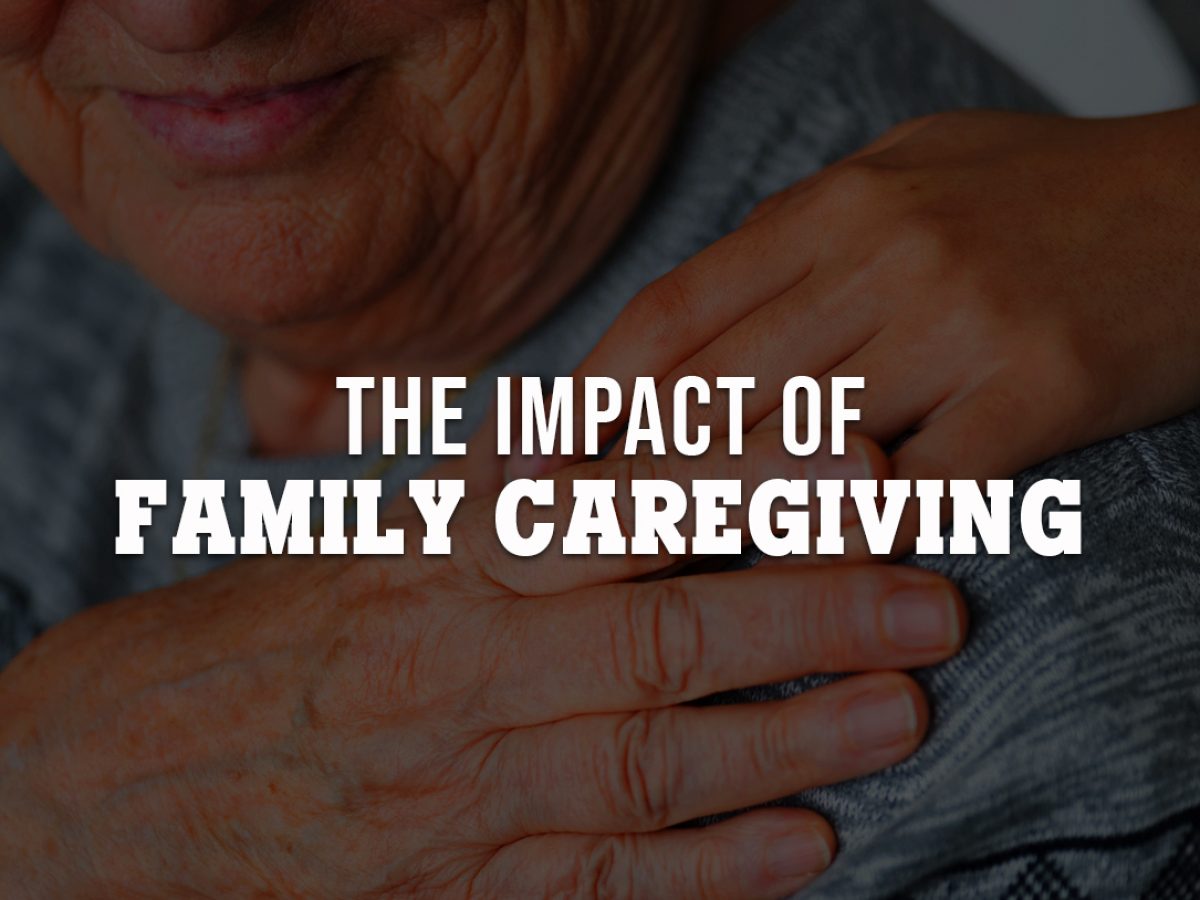
There are many impacts of family caregiving. There are physical, emotional, and financial impacts on the caregiver as well as those receiving help.
Physical Impacts of Family Caregiving
Being a family caregiver can be physically demanding — especially if you provide hands-on care for someone who is severely disabled or ill. It can also cause mental strain and stress because dealing with a loved one’s health problems constantly takes your mind off other things you need to do like work, run errands, take care of your own children or spouse, etc. On top of that, there may also be practical issues such as making sure the person has enough food or medicine at home — which means remembering when it needs to be refilled and calling to order more supplies when necessary.
Emotional Impacts of Family Caregiving
Family caregivers often experience stress — for example: feeling like you don’t have enough time for yourself because you’re always helping someone else; worrying about your family member (for instance, if they are in pain); knowing something is wrong with your loved one but not being able to fix it; feeling guilty (because you wish there was more help provided by others). All these factors combined can lead up to feelings of depression, anger, resentment, and even guilt.
Financial Impacts of Family Caregiving
Family caregivers also face financial difficulties because they often have to sacrifice their own well-being in order to help out a loved one — for example: being unable to work or go back to school; having your hours cut at work (because you need time off during the day); missing important opportunities at work (e.g., not getting promoted) because you can’t leave someone alone when they are sick; having less money available than before due to medical bills associated with helping your family member.
Social Impacts of Family Caregiving
This includes the impact on relationships with other family members. For example, when a parent is too sick to take care of his/her kids or grandkids then someone else (i.e., their adult children) needs to provide that help — which means less time for everyone involved and more stress for parents who feel guilty about letting others do things they can no longer do themselves because it’s not as easy as it used to be due to health-related issues such as memory problems or mobility limitations.
This also includes friends, neighbors, coworkers, and acquaintances — people you may run into at parties, sporting events, and work functions but are so busy providing caregiving services that there’s just no way you can meet up with them anymore except in emergencies unless your caregiver schedule allows for it.
Benefits of Family Caregiving
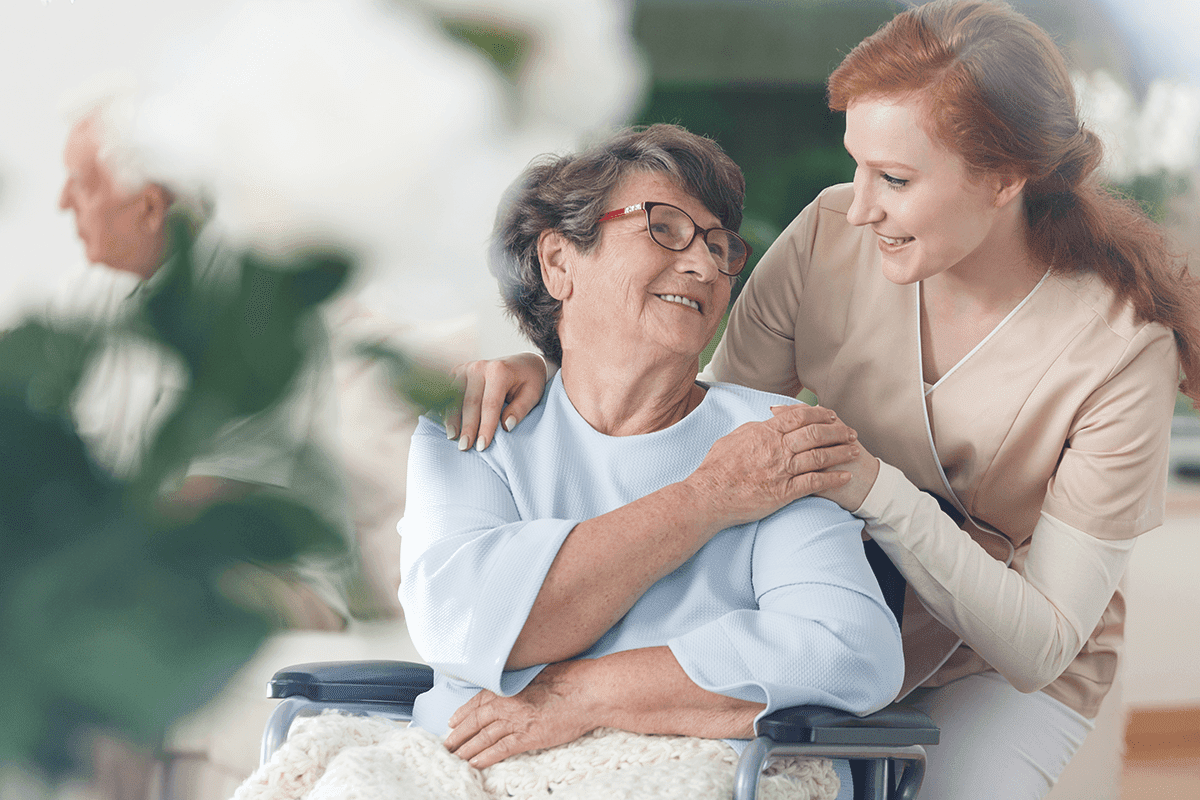
There are many benefits of family caregiving. Some of these are:
Helps To Keep People Independent
Caregiving helps people maintain their independence and stay in the community as long as possible. It also enables them to live a more normal life — they are able to participate in activities with family members, attend religious services, go out for meals or entertainment, shop at the store, keep up on current events by watching television or reading newspapers, and magazines.
Makes People Feel Good
Caregiving can be satisfying, in that family caregivers typically feel good about being helpful and providing assistance to a loved one who needs it.
Provides Social Support And Companionship
For many people, the most important benefit of caregiving is that they enjoy spending time with their loved ones. It is also taking them on outings or just visiting for an hour or two. They also often have friends who are other family caregivers; this provides support as well as companionship during difficult times. Some studies suggest social isolation may even contribute to early death among older adults living alone. Another reason why one should not take care for others lightly.
Conclusion
In conclusion, when you are a family caregiver, it’s important to take care of yourself so that you can continue providing the help your loved one needs. You will feel better and have more energy if you do — this is also good for the person in need because he/she will notice a positive difference in how attentive and helpful their primary caregiver is.
A Word From Therapy Mantra
Your mental health — your psychological, emotional, and social well-being — has an impact on every aspect of your life. Positive mental health essentially allows you to effectively deal with life’s everyday challenges.
Also, at Therapy Care, we have a team of therapists who provide affordable online therapy to assist you with issues such as depression, anxiety, stress, relationship, OCD, LGBTQ, and PTSD. You can take our mental health test. You can also book a free therapy or download our free Android or iOS app.
